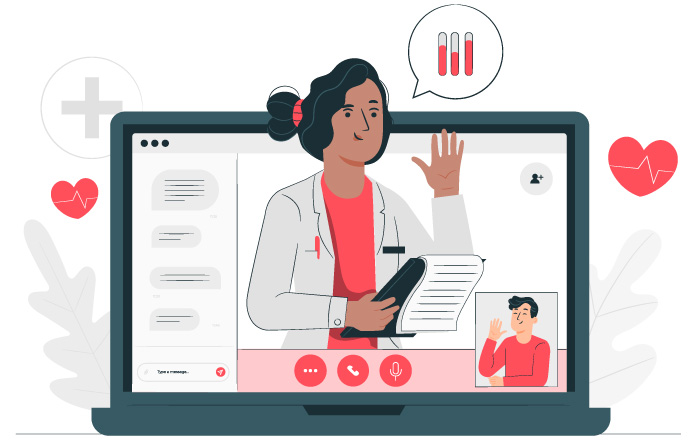Healthcare is changing fast, and digital technology is one of the biggest reasons for this. More and more, hospitals and clinics use telemedicine to help people get the care they need—without leaving their homes.
In 2025, telehealth will become even more powerful thanks to innovative tools, artificial intelligence (AI), wearable devices, and new ways to connect patients with doctors. Let’s look at eight important telemedicine trends that will shape the future of healthcare.
1. Remote Patient Monitoring (RPM)
Remote Patient Monitoring means doctors can check patient’s health without an in-person visit. This is great for people with chronic illnesses like diabetes or heart problems or those recovering from surgery.
- Devices like smartwatches and health trackers can send real-time updates to doctors.
- Patients can stay at home and still get quality care.
- It also helps older adults remain independent while being closely monitored.
2. Personalized Digital Therapeutics (DTx)
Digital Therapeutics (DTx) uses apps and software to give patients custom-made treatment plans.
- These plans are based on the person’s unique health data and genetics.
- Apps help people manage conditions like depression, diabetes, and high blood pressure.
- It reduces the need for frequent clinic visits and keeps patients more involved in their care.
3. AI in Telemedicine
Artificial Intelligence (AI) is making telemedicine smarter and faster.
- AI tools can look at medical scans and detect problems with more accuracy.
- They also help predict future health issues before they get worse.
- Hospitals are using AI to track patients and make better treatment decisions.
4. Big Data and Smart Health Decisions
With so many patients using wearable devices and electronic health records (EHRs), doctors have access to vast amounts of health data.
- This data helps doctors make better decisions based on real-time information.
- It allows for early detection of health problems.
- Healthcare providers can now offer more personalized treatment plans.
5. Telepharmacy for Easy Medication Access
Telepharmacy lets patients talk to pharmacists online, refill prescriptions, and even get medications delivered.
- It helps people in rural areas or those who can’t travel easily.
- AI tools remind patients to take their medicine on time.
- It makes managing medications more affordable and convenient.
6. AR and VR in Healthcare
Augmented Reality (AR) and Virtual Reality (VR) are changing how doctors and patients learn and heal.
- AR helps patients see and understand what’s happening inside their bodies.
- VR is used to treat pain, reduce anxiety, and help with physical rehab.
- These tools are also helpful for doctors in training and surgery planning.
7. Smart Wearables for 24/7 Health Monitoring
Wearable devices like smartwatches and biosensors can track your heart rate, blood pressure, and sleep patterns all day and night.
- They send alerts when something is wrong.
- Patients can manage chronic diseases better.
- Doctors get a clearer picture of a patient’s health without needing in-person visits.
8. Medical Drones for Fast Delivery
Medical drones are helping deliver medicine and supplies to hard-to-reach areas.
- They’re used in emergencies or places with poor access to hospitals.
- Drones can quickly bring help where it’s needed most.
- They also help track disease outbreaks using real-time data.
The Future of Telemedicine is Here
In 2025, these digital tools will make healthcare more personal, faster, and easier to access. Telemedicine is not just a backup option anymore—it’s becoming the main way people connect with doctors and stay healthy.
From AI and wearable devices to drones and virtual care, advanced digital healthcare is helping patients get better care at home, at lower costs, and with more comfort.





